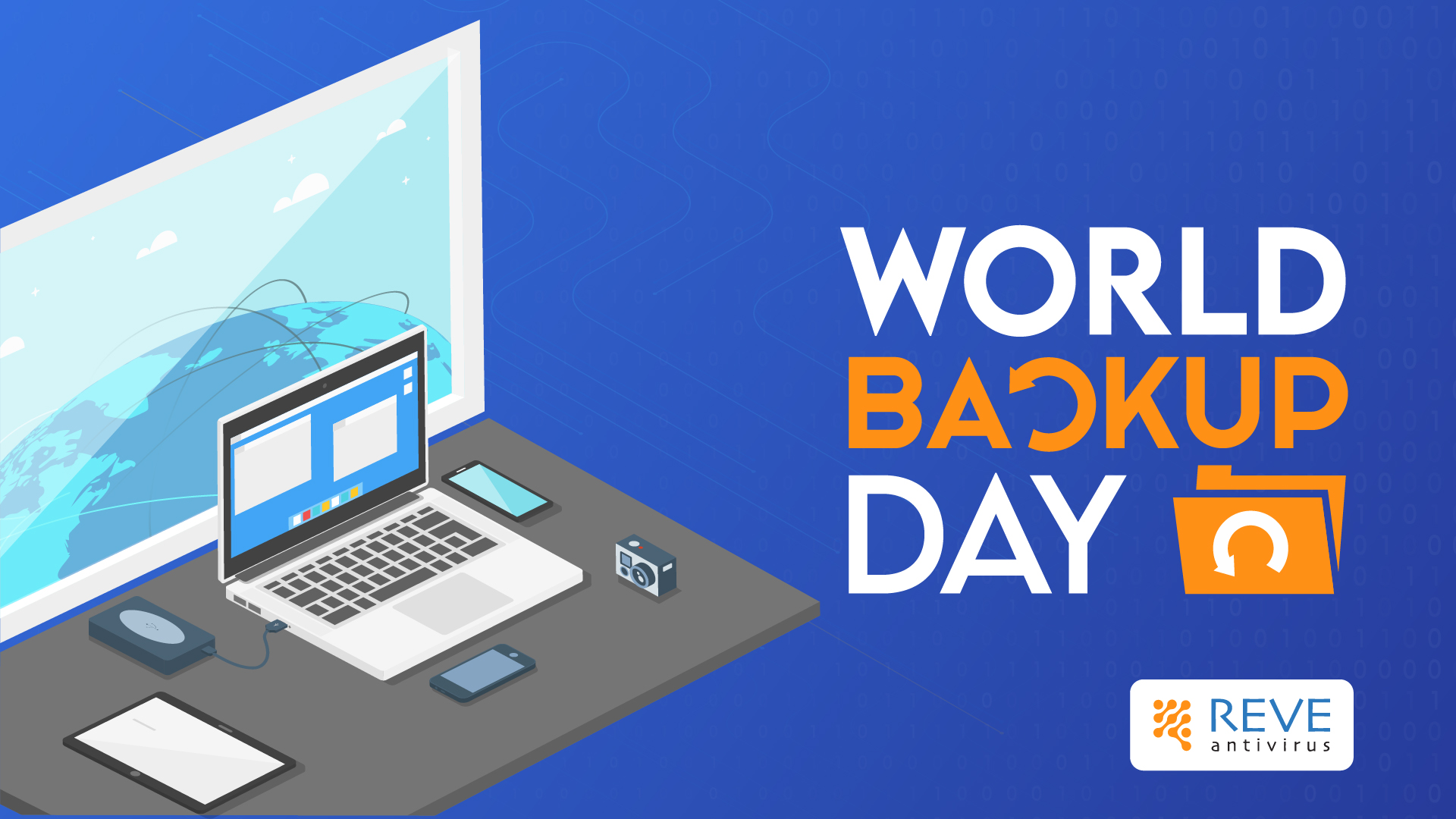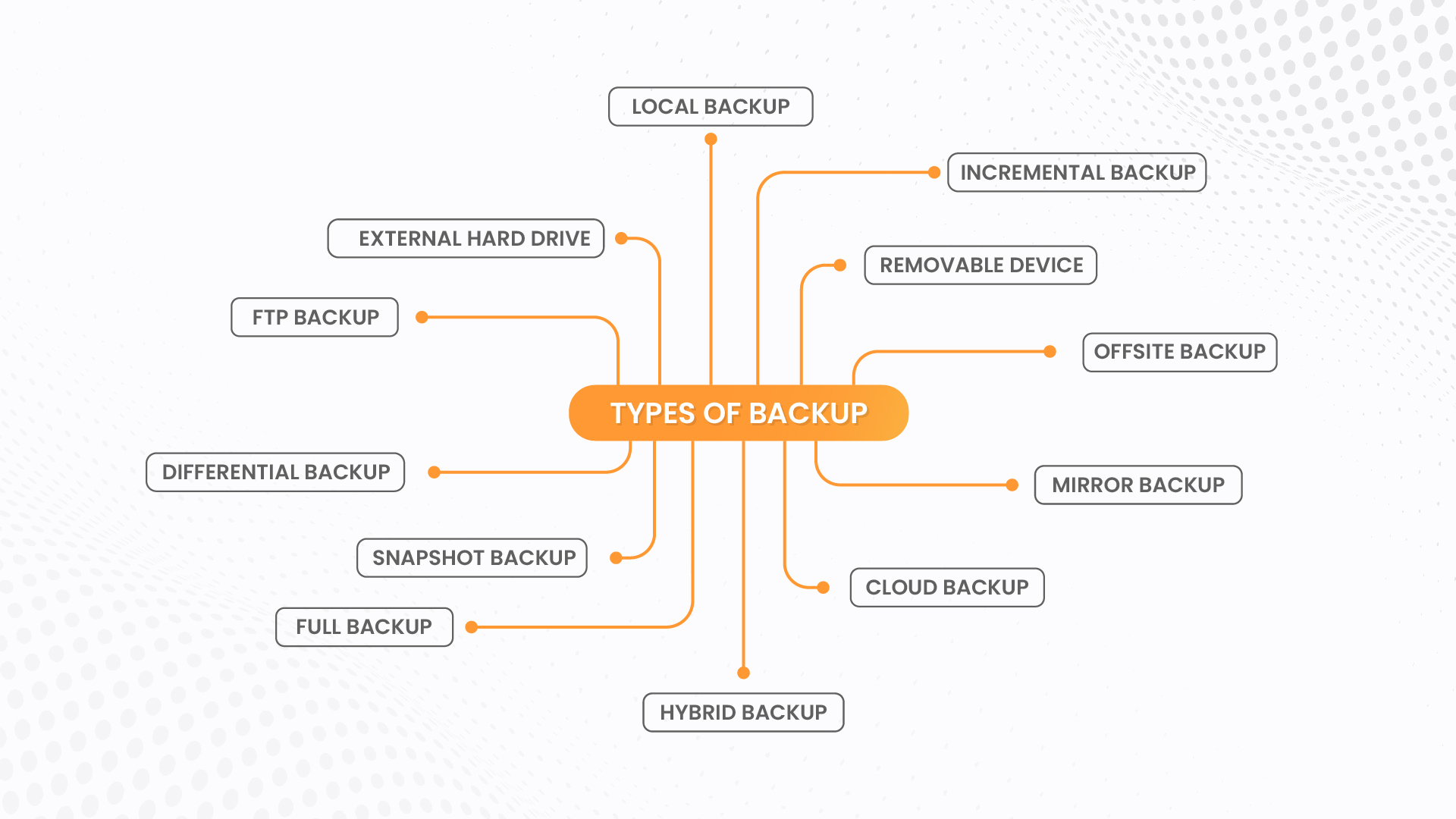
Modern era is ruled by data. It is the most precious thing any institution or individual can probably have. However, as things turn into digital, the probability of data breach or data loss is also eminent. And in such an event, only the habit of data backup can save the day. Let’s get to know more about data backups and their importance in cybersecurity
History of Backup Day
Did you know there is actually a day named Data Backup Day? It’s a yearly observance that reminds people to back up their important data regularly.
History of this day is quite an interesting one. The initial idea for a World Backup Day originated from a Reddit thread where a user suggested that there should be a day dedicated to reminding people about the importance of backing up their data. The suggestion received a lot of attention and support, and the first World Backup Day was celebrated back on March 31, 2011.
Since then, World Backup Day has become an annual event, with the aim of encouraging individuals and businesses to take the necessary steps to protect their valuable data. The day is celebrated by hosting events, sharing tips and best practices for data backup, and raising awareness about the importance of data protection.
There are some confusions as different parts of the world observe similar days like Data Backup Day on different dates. However, keeping the date aside, the message of Data Backup Day remains the same – to encourage individuals and businesses to take proactive measures to protect their data from loss, theft, and other forms of damage.

Why Data Loss Occurs
To understand the importance of data backup it’s required to know why data loss occurs in the first place. Various reasons can contribute initiating an event resulting a data loss, let’s take a brief look:
Hardware failure: This is one of the most common reasons for data loss. Hardware failures can occur due to various reasons such as hard drive crashes, power outages, physical damage to storage devices, etc. This kind of damage can happen anytime as all the electrical devices are prone to sudden damage without any prior notice.
Human error: Data loss can occur due to human error too. Accidental deletion, formatting the wrong drive, overwriting files, mishandling the storage media are some of the common mistakes that can lead to data loss.
Natural disasters: Though not that common, natural disasters such as floods, fires, earthquakes, and hurricanes can damage the hardware storing data and cause data loss.
Theft or loss of devices: If you do not have the habit of backing up data regularly, losing or theft of laptops, phones, or other storage devices can lead to data loss.
Software issues: Apart from faulty hardware issues, data can be lost due to software issues too. Viruses, malware, bugs, and software crashes can corrupt or delete precious data.
Cyber attacks: Cybercrime is the talk of the modern era. Most of the big companies and organizations are always under the continuous threat of data breach by the cyber criminals. Hackers can steal, delete or corrupt data by exploiting vulnerabilities in computer systems or networks and wreak havoc to the entire system.
Importance of Data Backup
Data backup is essential because it helps protect valuable information against data loss or breach, which can occur due to various reasons discussed above. Let’s look at some reasons why data backup is essential to have:
Protection against data loss: Data loss can occur due to various reasons, and it can be devastating for businesses and individuals. Data backup helps to protect against data loss by creating a copy of the data that can be restored in case the original data is lost.
Business continuity: In case of a disaster or a system failure, data backup ensures that business operations can continue without interruption. This is critical for businesses that rely heavily on data and cannot afford to lose access to it for an extended period.
Compliance with regulations: Many businesses are required by law to backup their data, especially those that deal with sensitive information such as healthcare, finance, and legal industries.
Improved data management: Regular data backup can help businesses manage their data more efficiently. It can also help identify data that is no longer needed or duplicate data that can be deleted, resulting in a more streamlined and efficient data management process.
Peace of mind: Knowing that data is backed up and can be restored in case of data loss can provide peace of mind to individuals and businesses alike.
Different Methods of Backing Up Your Data

Data can be backed up in various of methods, let’s take a look at a few of them
Full Backup: A complete backup of all the data on a system or device. It includes all files, folders, and system data. Full backups can take a long time to complete and require a large amount of storage space too.
Incremental Backup: An incremental backup only backs up data that has changed since the last backup, whether it’s a full or incremental backup. This type of backup is faster and requires less storage space than a full backup.
Differential Backup: A differential backup also backs up data that has changed since the last backup, but it includes all the changes since the last full backup. Differential backups take longer than incremental backups but require less storage space than a full backup.
Mirror Backup: A mirror backup creates an exact copy of the data being backed up, including all files and folders. This type of backup is useful when you need to create a duplicate of a system or device.
Snapshot Backup: A snapshot backup captures the state of a system or device at a specific point in time. This type of backup is useful for systems or devices that are constantly changing, such as databases or virtual machines.
Cloud Backup: A cloud backup stores data in a remote server over the internet. This type of backup provides a reliable off-site backup solution that can be accessed from anywhere with an internet connection.
Hybrid Backup: A hybrid backup combines on-premises backups with cloud backups to create a comprehensive backup solution. This type of backup provides the benefits of both local and cloud backups, including fast backup and restore times and off-site data protection.
Local Backup: There could be two types of local backups. Firstly, there are external hard drives, a very popular backup option due to its usability, availability and storage options. Data can be transferred effortlessly as well. Then there are removable devices like CD / DVD roms or USB flash drives or memory sticks. They are all portable and a practical way to store data. However, removable drives have ratherlow storage options. In addition, both types are prone to physical damage. They can break over time, lost or stolen.
FTP backup: FTP (File Transfer Protocol) is a standard protocol used to transfer files over the internet. This could also be used in data backup. An FTP server could be used to store backup files over the internet. The server is usually located in a different place than the data which is being backed up.
Data Backup Recovery Methods
The process of recovering backed-up data depends on the backup method used. If you know the method used for backing up data then you also have ample idea how to recover it. Let’s look at some steps how to recover
Identify the location: Determine where your backup data is stored. If it’s in a cloud-based backup service, log in to your account to access your backup data. If an external hard drive storage was used, connecting the drive to a computer or any other readable device should be enough to restore it.
What data needs to be restored: Next step is to identify the files or folders needed to be restored. For example, if you’re restoring data due to a hardware failure or data corruption, you may need to restore all the data from your backup.
Verifying the restored data: Once the data is restored, verify that it is complete and accurate. Check that all the files you expected to be restored are present and that they are not corrupted.
It is essential to test your backup and recovery process regularly to ensure that it works correctly and that you can recover your data in case of an emergency.
- RaaS : The Dark Side of SaaS
- Hackers Target MOVEit Transfer’s Zero-Day Vulnerability, Emergency Patch Deployed
- How Scammers Are Utilizing ChatGPT? Few Tips To Be Safe
- World Backup Day: Why Data Backups are Important in Cybersecurity
- What is Social Engineering and How Cyber Criminals Use It
- Things To Know About Personally Identifiable Information (PII)
- What is Data Breach? Why and How It occurs? How To Prevent Data Breach


